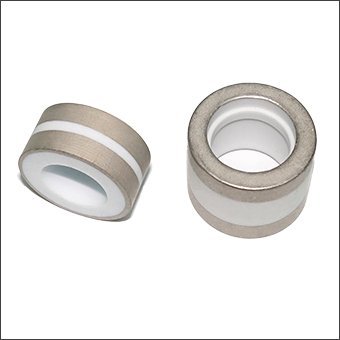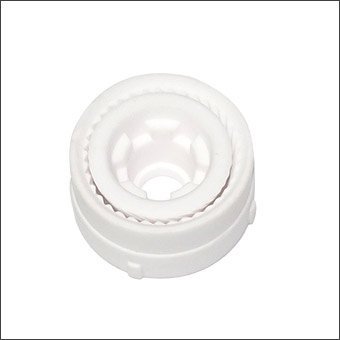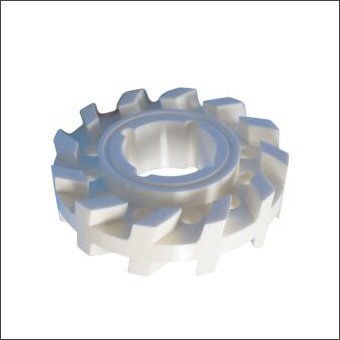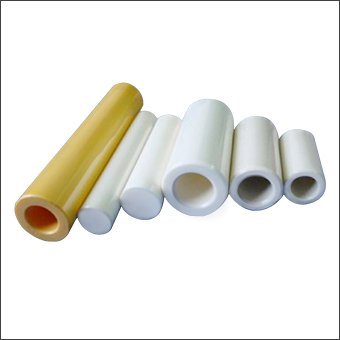Mechanical Properties
Mechanical properties describe how a material behaves when subjected to external forces.
Resistance to surface indentation or scratching. Ceramics are generally very hard.
Mass per unit volume, typically expressed in g/cm³. It affects the overall weight and compactness of the ceramic component.
A measure of a material’s resistance to crack propagation. It characterizes the fracture resistance of a material.
The ability to withstand being compressed or crushed. Ceramics often have very high compressive strength.
The ability of a material to resist fracture under bending load, also known as modulus of rupture. It is crucial for the reliability of ceramics in structural applications.
The ratio of stress to strain within the elastic range of a material, indicating its stiffness. A high modulus means the material is rigid and deforms less under load.
The maximum stress a material can withstand while being stretched before failing. Ceramics typically have lower tensile strength compared to their compressive strength.
The ratio of transverse contraction strain to axial extension strain when a material is stretched. It describes how a material deforms in directions perpendicular to the direction of loading.
Thermal Properties
Thermal properties describe how a material responds to changes in temperature.
-
Maximum Service Temperature
The highest temperature at which a material can be used continuously in air without significant degradation. Ceramic materials can often withstand very high temperatures. -
Thermal Shock Resistance
The ability to withstand rapid temperature changes without cracking. This is crucial for components subjected to rapid heating or cooling. -
CTE (Coefficient of Thermal Expansion)
The rate at which a material expands per degree of temperature change. A low CTE means the material is dimensionally stable with temperature changes。 -
Thermal Conductivity
The ability to conduct heat. High thermal conductivity aids heat dissipation, while low is good for thermal insulation. -
Specific Heat
The amount of heat required to raise the temperature of a unit mass by one degree. It influences how quickly a material heats up or cools down.
Electrical Properties
Electrical properties determine how a material behaves in an electric field and are crucial for electronic applications.
Measures a material’s ability to store electrical energy in an electric field. A high dielectric constant is desirable for capacitors.
Energy loss in a dielectric material under an alternating electric field, converted to heat. Low loss is critical for high-frequency applications.
The maximum electric field a material can withstand without electrical breakdown. It indicates the effectiveness as an insulator.
Measures how strongly a material opposes the flow of electric current. A high value indicates a good electrical insulator.








